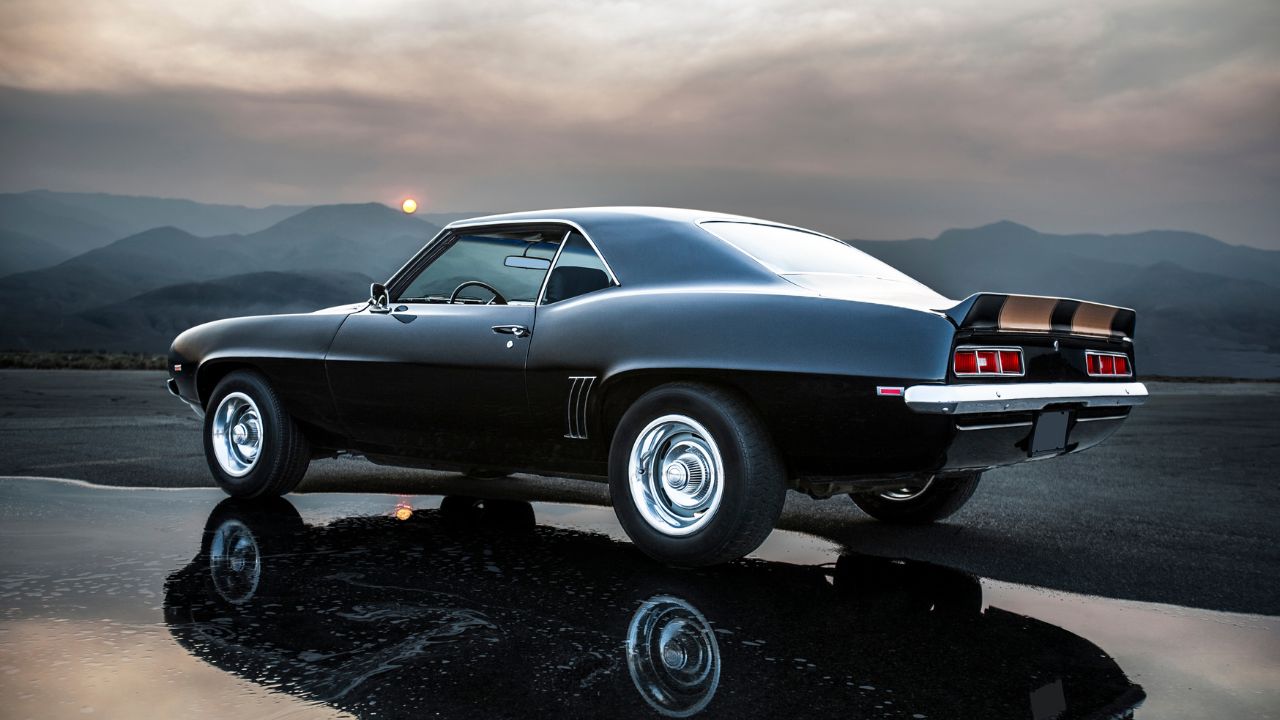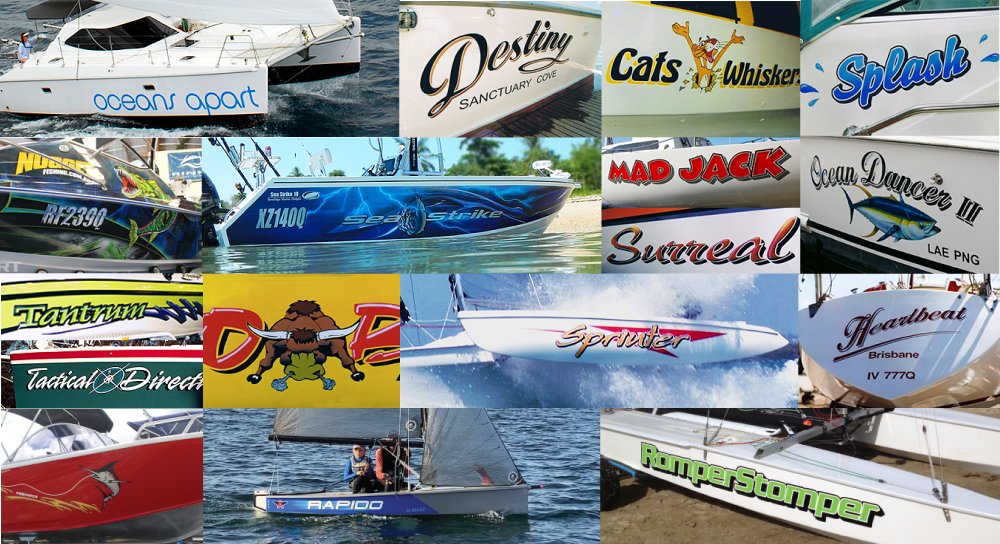
Driving a musclecar is the best way you can experience the thrill of it. Pontiac offers a wide range of models so you can have fun while driving fast. These iconic American cars include the Pontiac GTO. Oldsmobile 442 convertible. Firebird Trans Am. Catalina 441. This article will explain why these cars are so popular. This article will cover these models and many more in great detail.
Pontiac GTO
Pontiac is a long-standing manufacturer of classic muscle cars. The GTO is no exception. John DeLorean designed the GTO, a sports coupe. He would go on to design the vehicles in Back to the Future. Although GM had not anticipated the GTO to become a commercial success initially, it was a huge success. With an impressive power output of over 400 horsepower, the GTO is one of the best-selling cars of all time.

Oldsmobile 442 convertible
This 1965 Oldsmobile 442-convertible is a rare find. It boasts matching numbers and many other nice features. The original car was manual-steering but the previous owner has restored it to its former glory 10 years earlier. It features a Posi rear end, a 400 ci engine and front and rear sway bar. This rare car can be purchased for almost $300,000.
Firebird Trans Am
The Pontiac Firebird Trans Am was a mid-sized car produced by Pontiac from 1967 to 1971. The engine's 7.5-liter capacity produces 335 HP and 480 lb/ft of torque. Camaro and Firebird were intended to compete against the Ford Mustang in pony car competition.
Catalina 421
A prime example of this engine's power is the 421 engine found in the Pontiac muscle cars from the 1960s. It was equipped with an aluminum intake manifold, Mickey Thompson pistons, and a solid lifter camshaft. The engine can produce 410 horsepower at a weight of approximately three thousand, thirty-eight pounds. The 440 was equipped with dual four-barrel carburetors as well as a heavy-duty rotating unit. It had a lightweight flywheel as well as an aluminum intake manifold. The Catalina 421 was equipped an aluminum tail section, an aluminum intake manifold, and a Carter AFB carburator.

Bonneville
After the 1981 model year, both Pontiac Bonneville's and Catalina's were cancelled. Sales were already in decline and many buyers had turned to compact, fuel-efficient cars because of the second energy crises. Pontiac also ceased production of the 301 engine. Instead, Pontiac began using Chevrolet engines. These are the last models made by GM.
FAQ
What's the difference between a mechanic and an automotive technician?
They are both similar, but not identical. Both a mechanic and an automotive technician can repair cars.
A mechanic must have good manual dexterity and be able to perform simple tasks quickly. They should also be able correctly diagnose and repair any problems.
A technician in automotive is more technical than a mechanic. They must be able to read blueprints and use tools such as drills and wrenches.
They should be able safely to perform complex procedures. They need to be familiar with various types of engines and electrical system.
They must also be able to understand how various parts interact with each other.
The result is that a mechanic often earns less than an auto technician. Both jobs offer many possibilities.
How long does a good mechanic take?
You need to have years of experience and practice before you can become a master mechanic. It is best to learn how to fix cars under the supervision and guidance of a professional mechanic.
You will need to spend some time in a garage to learn as much about cars and mechanics as possible. You will need to read books on mechanical engineering and car design.
Additionally, you will need to attend an auto school.
The most important thing to do is start early. Don't wait until you're older to begin studying automotive technology. Do you want to be a mechanic? Get started today!
What are the requirements for an automobile technician?
You must have high school, or GED, and be able to read and write well in English and math. It is also necessary to be able both to read and to write. You will need to pass a written test and then go through a series of practical exams before being allowed to start work.
Statistics
- Apprentice mechanics earn significantly less hourly than mechanics who have completed training, with a median wage of approximately $14.50 an hour, according to PayScale. (jobhero.com)
- There were 749,900 jobs available for automotive service technicians and mechanics in 2016, which is expected to grow by six percent through 2026. (jobhero.com)
- According to the BLS, total auto technician employment is expected to exceed 705,000 by 2030. (uti.edu)
External Links
How To
How to be an Automotive Technician
A technician who works on vehicles is an automotive technician. He/she works in car dealerships as well as auto shops, garages, and service centers. He/she works with customers to repair their cars and trucks, ATVs or snowmobiles. An automotive technician must have the ability to quickly diagnose and fix problems.
To become an automotive technician, a person must first earn an associate's degree from a vocational college. After completing this program the student must pass the National Institute for Automotive Service Excellence exam (ASE). ASE stands in for American Society of Mechanical Engineers. The ASE certification test consists of two sections. One section tests knowledge of mechanical components, while the other section tests skills in practical areas. You will need to attend an authorized testing site in order to pass the test. These locations can be found online or at your local auto dealer.
After passing the exam, a candidate must take a state exam before being licensed as an automobile technician. This process varies depending on where the applicant lives. Some states require candidates to complete a training program, while others let them study on their own. Some states issue licenses to technicians as soon as they get their license. Others wait until they have worked at least six months as an automotive technician.
An applicant should apply to a local auto shop in order to start their career as an automotive technician. New employees are usually apprentices when they first get hired. Apprenticeships last for three years. The apprenticeship program teaches students how to change oil, adjust brakes, replace tires, clean spark plugs, inspect engine compartments, and perform routine maintenance. Some students are taught how to repair engines and replace transmission fluids. Classes are offered by most schools during regular business hours. However, there are some schools that offer evening classes for those who need them.
Once a student completes his/her apprenticeship, he/she becomes a journeyman. Journeymen generally spend four- to five decades learning how to fix major systems like transmissions. They learn how to do complex repairs such as remanufacturing engines, rebuilding transmissives, and troubleshooting electronic components. Employers prefer to hire journeymen as they are familiar with the job and can anticipate customer needs.
After passing the exams, candidates may be eligible to open their own shop if they pass all requirements. The Bureau of Labor Statistics estimates that there were nearly 1.7 million jobs available for automotive mechanics in 2010. This number was expected increase 18% between 2009 - 2020. If a candidate decides to open his/her own shop, he/she should prepare to invest many thousands of dollars in equipment and supplies.
The salary of an automotive technician will depend on many factors including where you live, your education level, experience and the type of employer. A jobless person can expect to make $20,000 per year. A person with only a high-school diploma could make around $21,000 annually. A bachelor's degree is equivalent to approximately $24,000 annually. Technicians with bachelor's degrees earn approximately $27,000 per year. The average annual salary for those with master's degrees was $32,000. Salary increases are common so professionals who make less than $30,000 a year could realistically expect to earn $40,000 over the next few years.